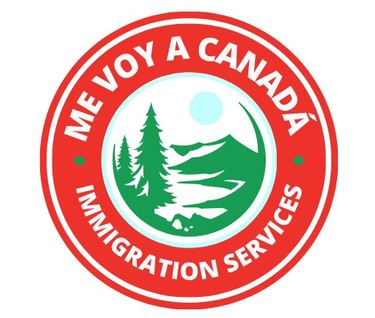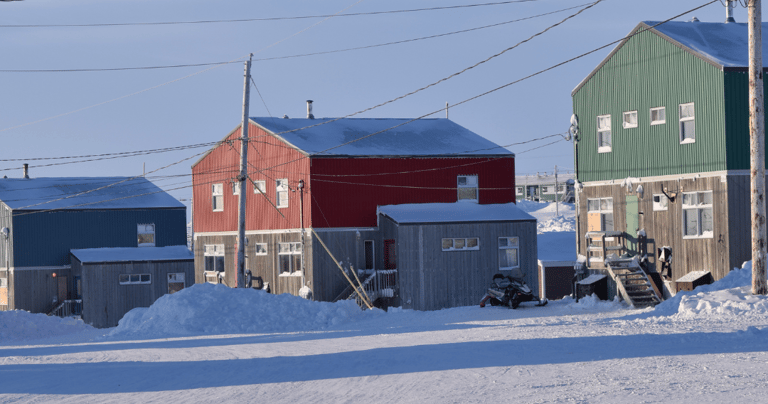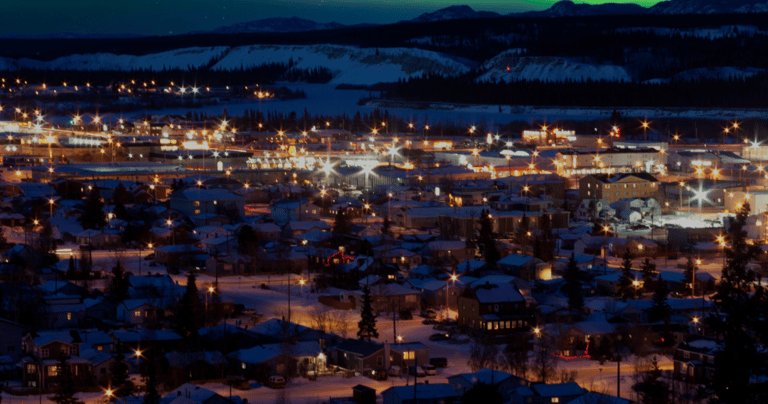
The Northern Territories
Nunavut
Facts about Nunavut
Nunavut means “our land” in the Inuktitut language. It became a separate territory in 1999 and has been part of Canada for over 100 years. Adventure awaits in all seasons. Nunavut is the largest yet least populated province and territory in Canada.
Where can you work?
The economy is based on education, healthcare, government, fishing, agriculture, mining, and forestry activities. Traditional arts and crafts remain an iconic part of Nunavut's economy and Inuit expression.
Visit Nunavut
The Capital is Iqaluit. The province´s population is about 85% Inuit, and Inuktitut is the official language and the first language in schools. The range of tourism activities includes eco-tourism, sports hunting, fishing, cultural, adventure and educational activities.
How can you immigrate?
The Province does not have a provincial nominee program; however, you can immigrate through family sponsorship, Express Entry, or other programs. No roads or highways connect Nunavut to the rest of Canada; it can only be reached by air or river.
The Northwest Territories
Facts about NWT
The Northwest Territories is the world's Northern Lights mecca because the Aurora dances for up to 240 nights each year. Why are the Northern Lights so frequent? Canada's subarctic is blessed with crystal-clear nights and ultra-low humidity, and it lies directly beneath Earth's band of maximal Auroral activity—the "Auroral oval."
How can you immigrate?
The provincial nominee program offers the choice to immigrate as a worker, businessperson, or French-speaking Person. You can also immigrate under Express Entry.
What to do?
In the winter, you can enjoy dog sledding, skiing, or ice fishing; camping, hiking, or canoeing are available in the summer. You can also go for an award-winning craft beer, a casual fish dinner, or a delicious feast at bars and restaurants. Each season is unique and vibrant.
Where can you work?
The economy relies on the utilization of natural resources. However, high production costs and transportation issues hinder the development of many regional mineral resources, such as the petroleum and natural gas fields in the western Arctic. Services also play a significant role in the economy.
The Yukon Territory
Climate
Most of Yukon has a subarctic continental climate, with a more extended winter and a shorter but pleasant summer than in most southern provinces. Temperatures across Yukon communities vary according to their geographic locations. Yukon represents 4.8% of Canada’s total land area.
Facts about Yukon
Arctic weather and remoteness from markets have limited the economic exploitation of mineral resources and the development of modern settlements. Also, the population was very small—40,232 people—in 2021, and the wilderness is largely unspoiled, covering an area of 482,443 square km. Some two-thirds of the total population of Yukon lives in Whitehorse.
Capital City
Since 1952, Whitehorse, located on the Yukon River, has been the capital. It is the Yukon headquarters of the Royal Canadian Mounted Police and is an important transportation centre on the Alaska Highway, linked by air to major North American cities. The average flight time from Montreal to Whitehorse is about six hours.
How can you immigrate?
The Yukon Nominee Program accepts applications for nominee candidates inside and outside Canada. You can immigrate as a worker, under the express entry, or as an entrepreneur.
























